Click here and press the right key for the next slide (or swipe left)
also ...
Press the left key to go backwards (or swipe right)
Press n to toggle whether notes are shown (or add '?notes' to the url before the #)
Press m or double tap to slide thumbnails (menu)
Press ? at any time to show the keyboard shortcuts

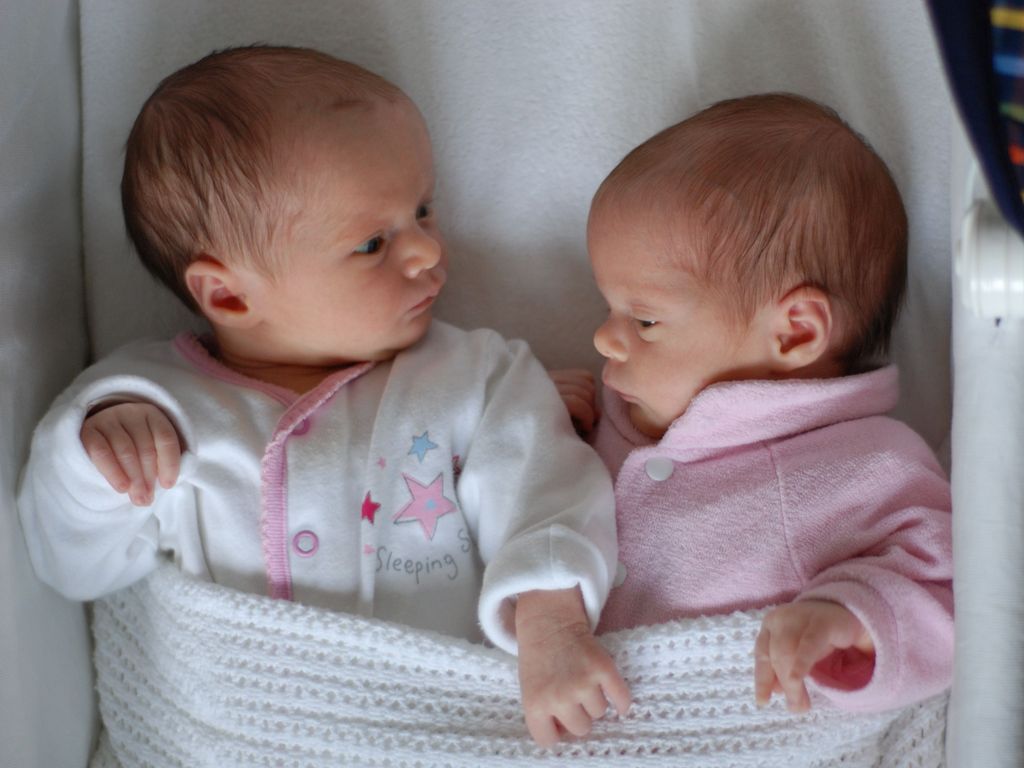
Origins of Mind : 01

the question
‘... ’tis past doubt, that Men have in their Minds several Ideas, such as are those expressed by the words, Whiteness, Hardness, ... and others: It is in the first place to be enquired, How he comes by them?’\citep[p.\ 104]{Locke:1975qo}
(Locke 1689)
‘How does it come about that the development of organic behavior into controlled inquiry brings about the differentiation and cooperation of observational and conceptual operations?’\citep[p.\ 12]{Dewey:1938yp}
(Dewey 1938, p. 12)
‘the fundamental explicandum, is the organism and its propositional attitudes ... Cognitive psychologists accept ... the ... necessity of explaining how organisms come to have the attitudes to propositions that they do.’\citep[p.\ 198]{Fodor:1975pb}
(Fodor 1975, p.\ 198)

From Myths to Mechanisms
myths
‘the soul inherently contains the sources of various notions and doctrines which external objects merely rouse up on suitable occasions’
Leibniz (1996, p. 48)
‘Men, barely by the Use of their natural Faculties, may attain to all the Knowledge they have, without the help of any innate Impressions’
Locke 1975 [1689], p. 48
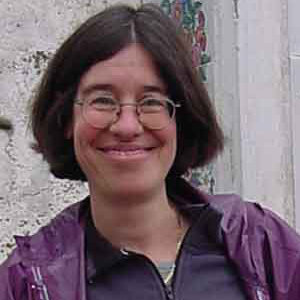
‘Developmental science [...]
has shown that both these views
are false’
(Spelke and Kinzler 2007, p. 89)
Spelke doesn't have exactly Locke vs Leibniz in mind here, but rather modern descendants of their views.
[The quote continues ‘humans are endowed neither with a single, general-purpose learning system nor with myriad special-purpose systems and predispositions. Instead, we believe that humans are endowed with a small number of separable systems of core knowledge. New, flexible skills and belief systems build on these core foundations.’]
Spelke's claim may be too bold. As we will see, there is surprisingly little evidence about the conflict between empiricists and nativists. A more cautious claim would be this. when we look at particular cases in detail---for instance, when we look at how humans come to know about colours---we will discover complexities that seem to be incompatible with any one of the stories.
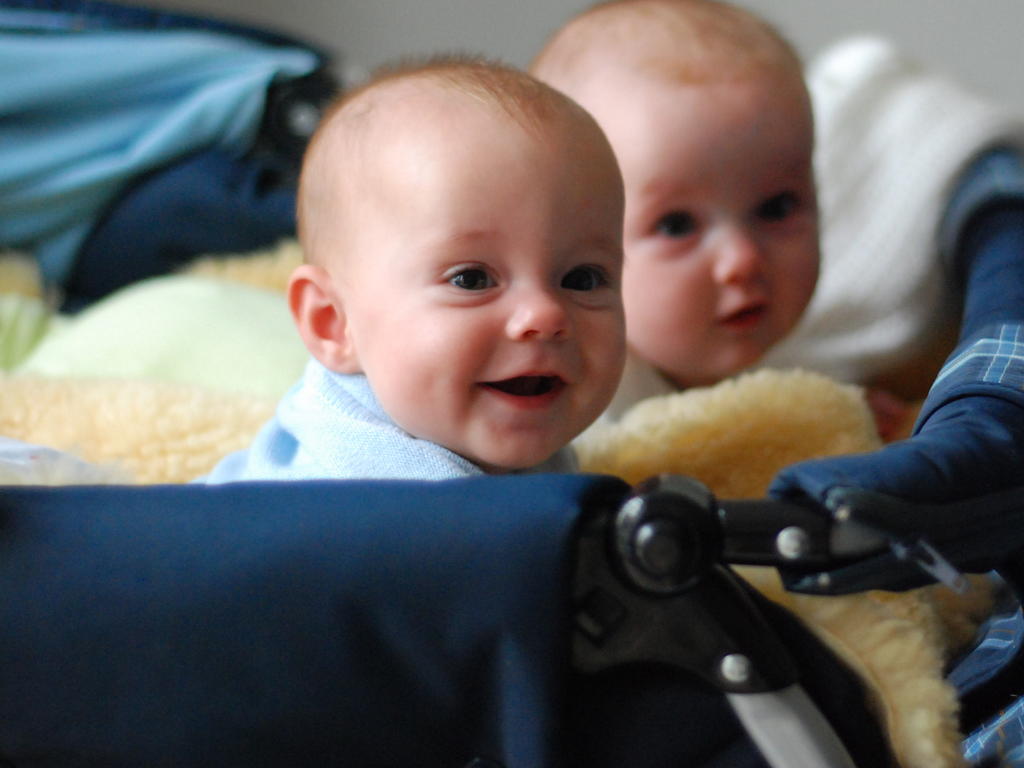
Two Breakthroughs
core knowledge
We don't understand it.
Is like knowledge:
- guides behaviour
- involves something like inference
- concerns abstract features
Is unlike knowledge:
- no inferential integration
- judgement-independent
- domain-specific
- signature limits
social interaction
- imitation
- gaze following
- secondary intersubjectivity
- social referencing
- pointing
- goal ascription
- joint action
- language creation
core knowlegde + social interaction
working hypothesis:
core knowledge in certain domains is necesary
for early forms of social interaction
and these forms of social interaction are necessary
to get from core knowledge of Xs to knowledge proper of Xs
development as rediscovery
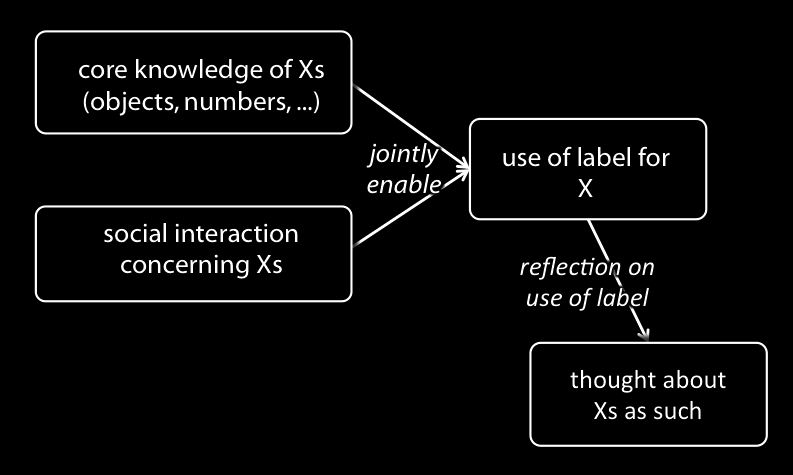

Davidson’s Challenge
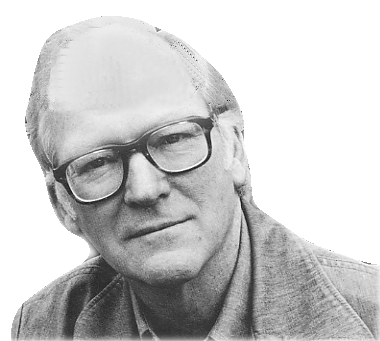
‘if you want to describe what is going on in the head of the child when it has a few words which it utters in appropriate situations, you will fail for lack of the right sort of words of your own.
‘We have many vocabularies for describing nature when we regard it as mindless, and we have a mentalistic vocabulary for describing thought and intentional action; what we lack is a way of describing what is in between’
(Davidson 1999, p. 11)
Uncomplicated Account of Minds and Actions
For any given proposition [There’s a spider behind the book] and any given human [Wy] ...
1. Either Wy knows that there’s a spider behind the book, or she does not.
2. Either Wy can act for the reason that there is, or seems to be, a spider behind the book (where this is her reason for acting), or else she cannot.
3. The first alternatives of (1) and (2) are either both true or both false.
plan
objects
causes
colours
words
non-verbal communications
minds
actions
When do humans first come to know facts about the locations of objects they are not perceiving?

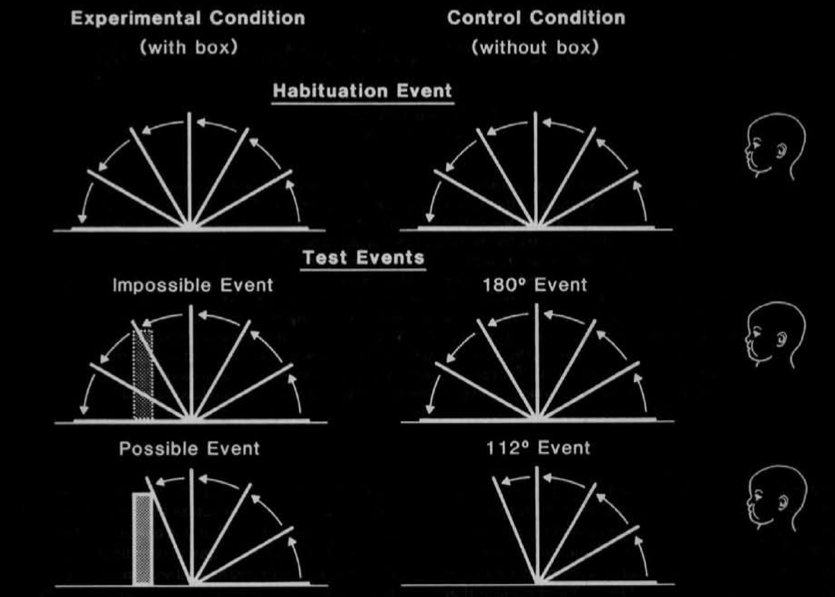


Baillargeon (1987, figure 1)

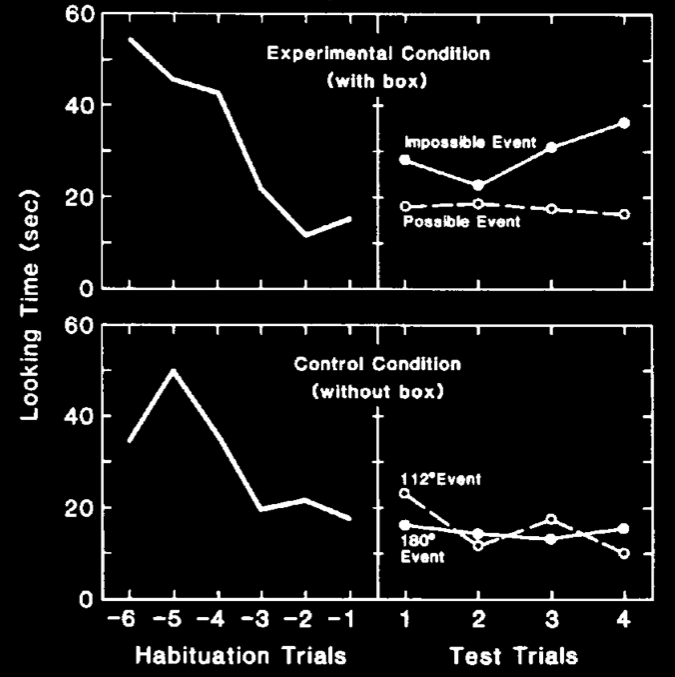

source: Baillargeon et al (1987, figure 2)
When do humans first come to know facts about the locations of objects they are not perceiving?
look: by 4 months of age or earlier (Baillargeon 1987).
look: by around 2.5 months of age or earlier (Aguiar & Baillargeon 1999)

Shinskey and Munakata 2001, figure 1
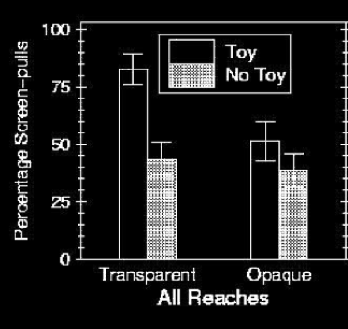
Shinskey and Munakata 2001, figure 2
When do humans first come to know facts about the locations of objects they are not perceiving?
look: by 4 months of age or earlier (Baillargeon 1987).
look: by around 2.5 months of age or earlier(Aguiar & Baillargeon 1999)
search: not until after 7 months of age (Shinskey & Munakata 2001)
‘action demands are not the only cause of failures on occlusion tasks’
Shinskey (2012, p. 291)
‘the tip of an iceberg’ Charles & Rivera (2009, p. 994)
What is the problem?
Uncomplicated Account of Minds and Actions
For any given proposition [There’s a spider behind the book] and any given human [Wy] ...
1. Either Wy knows that there’s a spider behind the book, or she does not.
2. Either Wy can act for the reason that there is, or seems to be, a spider behind the book (where this is her reason for acting), or else she cannot.
3. The first alternatives of (1) and (2) are either both true or both false.

‘if you want to describe what is going on in the head of the child when it has a few words which it utters in appropriate situations, you will fail for lack of the right sort of words of your own.
‘We have many vocabularies for describing nature when we regard it as mindless, and we have a mentalistic vocabulary for describing thought and intentional action; what we lack is a way of describing what is in between’
(Davidson 1999, p. 11)
‘there are many separable systems of mental representations ... the task ... is to ... [find] the distinct systems of mental representation and to understand their development and integration’\citep[p.\ 1522]{Hood:2000bf}.
(Hood et al 2000, p. 1522)
summary

Admin
lectures
web
portfolio 15% / <3000-word essay 85%
daily portfolio tasks: ‘write -- get feedback -- rewrite’ spiral
first task
first task
When do humans first come to know facts about the locations of objects they are not perceiving?
look: by 4 months of age or earlier (Baillargeon 1987).
look: by around 2.5 months of age or earlier(Aguiar & Baillargeon 1999)
search: not until after 7 months of age (Shinskey & Munakata 2001)
‘action demands are not the only cause of failures on occlusion tasks’
Shinskey (2012, p. 291)
‘the tip of an iceberg’ Charles & Rivera (2009, p. 994)
first task
- Baillargeon (1987)
- Shinskey and Munakata (2001)
- Chiandetti and Vallortigara (2011)